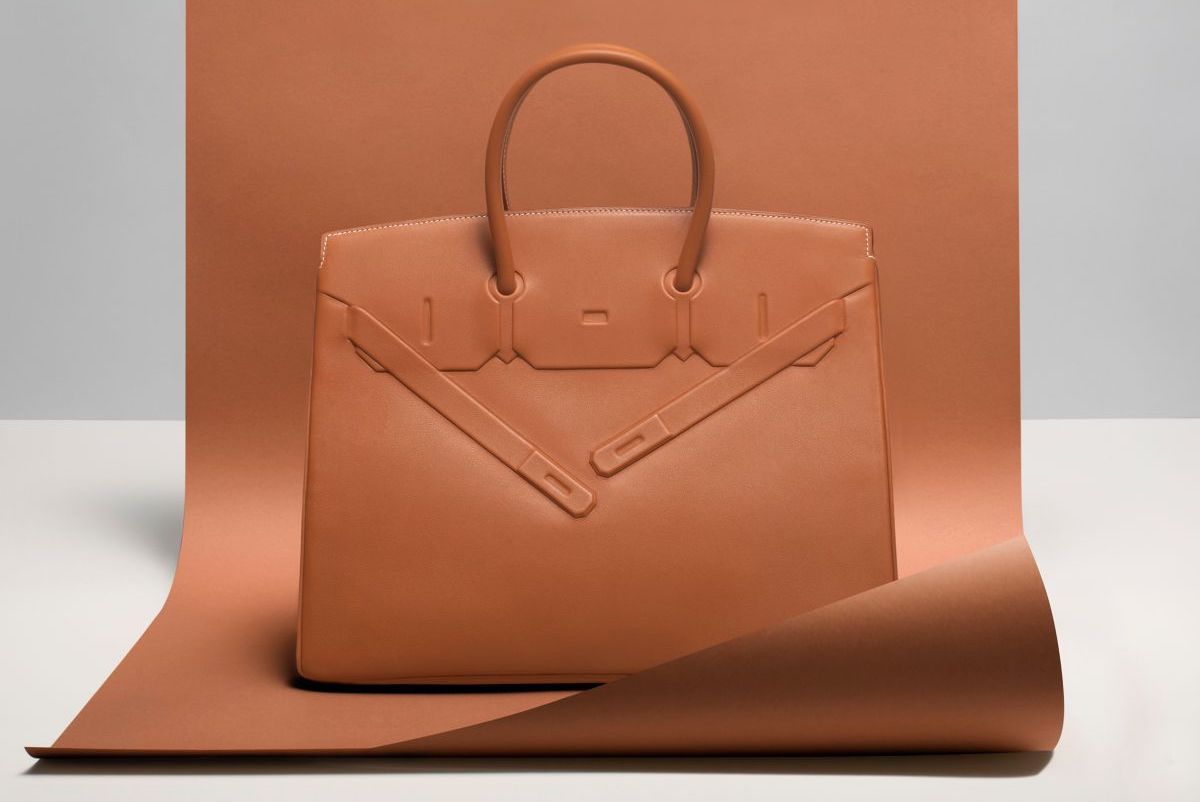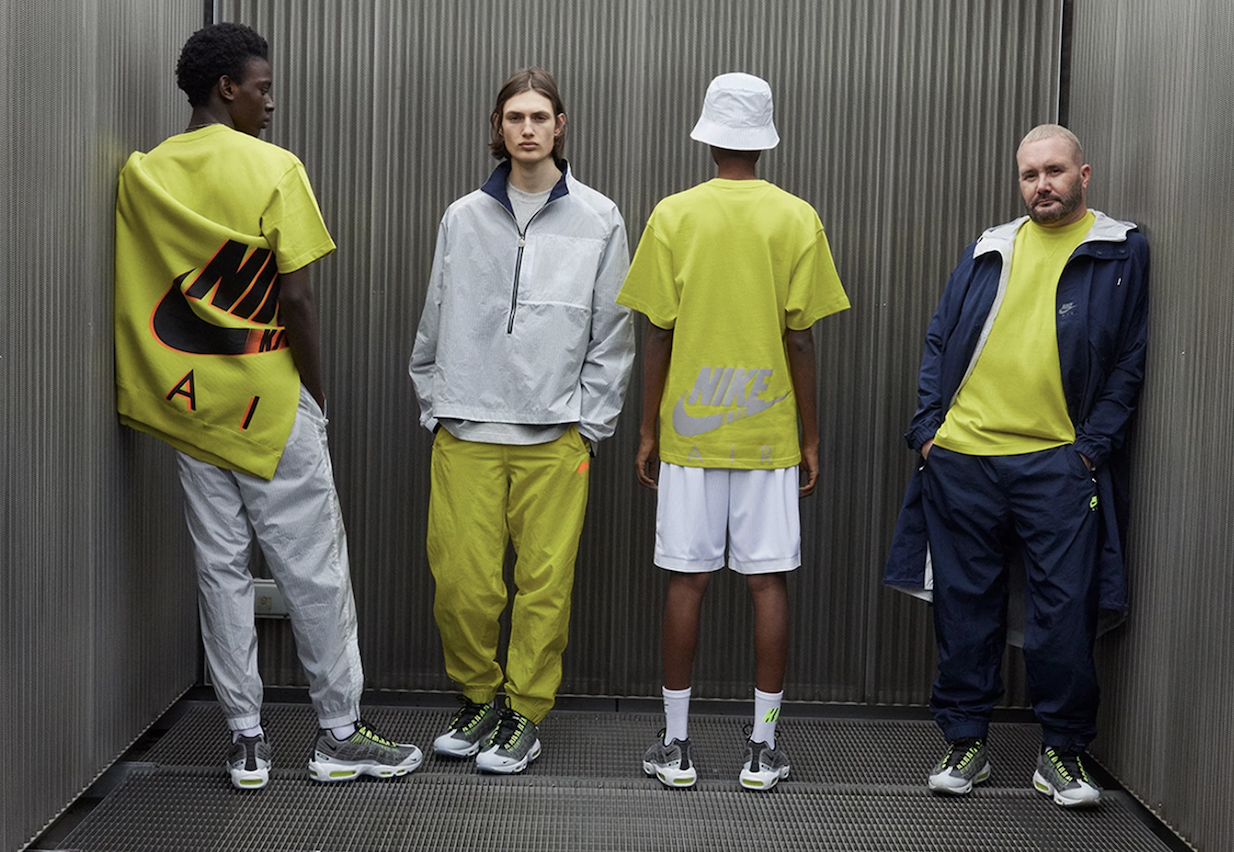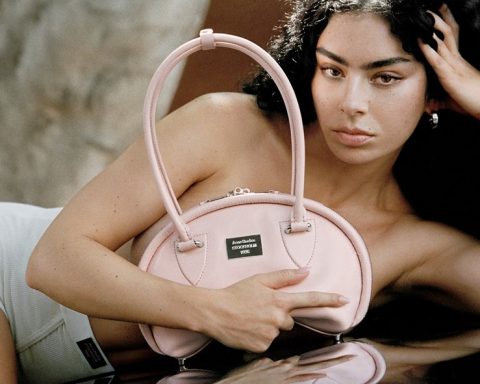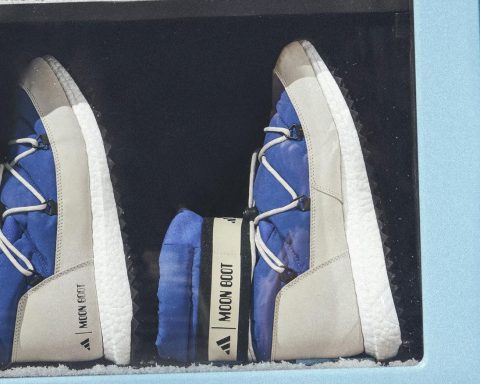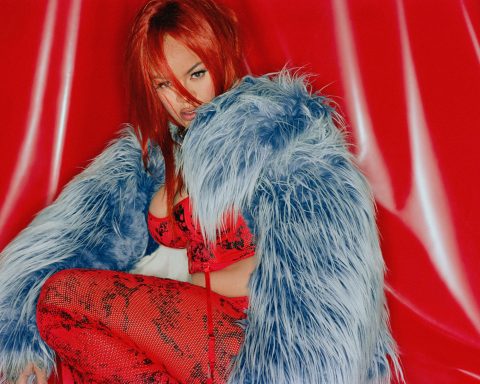It is surprising how fashion today uses the most advanced technologies to offer a new product to the end customer. That’s why, Hermès has gone much further than imaginable, proposing the first bag in mushroom leather. Victoria bag, this is the model that anticipates the French brand’s sustainable path, was made entirely with mushroom leather. An incredible treatment on mycelia that involved a young Californian company, MycoWorks.
The new material, called Sylvania, is a hybrid of nature and technology. The Victoria bag by Hermès, born in 1997, is now made of Fine Mycelium: the technology patented by MycoWorks in three years of study and design and with 45 million dollars in funding. The bag is made on two continents: America and Europe. Once the leather is produced, the leather processing process will end in France, in the Hermès ateliers, where the artisans will treat the leather and finally fix the color.

Will fashion be able to say goodbye to animal leather and fur in the future? Probably not, but more and more brands are embracing the green philosophy. High-sounding names such as Vivienne Westwood and Stella McCartney have irrevocably ruled out the use of fur and leather in their collections. In Italy, Armani, Prada, and Versace have abolished the use of fur in their groups.
Will the mushroom be the new frontier of eco-sustainable fashion? Could. In Italy, already last year, in Montelupo Fiorentino, the Grado Zero company has created an alternative fabric to leather, the MuSkin. A skin made from Phellinus ellipsoids, a parasitic (non-toxic) fungus that grows on trees in subtropical forests. But not only. From the continuous research and innovation of Bolt Threads, Mylo was also born. It is a material obtained from the roots of mushrooms that boasts all the leather characteristics, both in terms of appearance and technical features. Subsequently, the Kering group created the Mylo Consortium, an investment fund that intends to market this new type of material as soon as possible.
